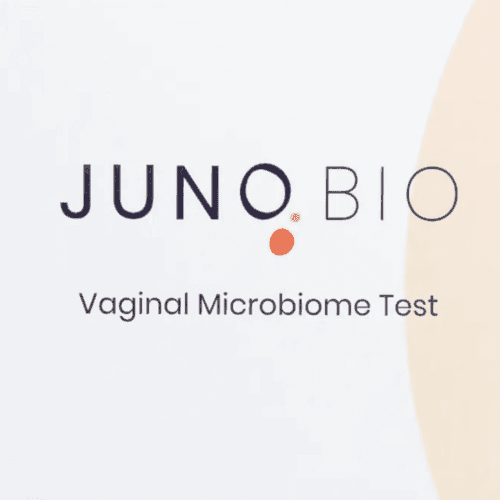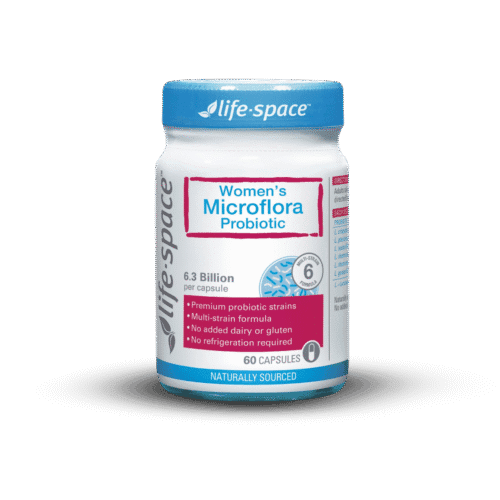A child can be born with a small or malformed uterus, also known as a hypoplastic uterus or uterine hypoplasia.
Uterine hypoplasia is an anatomical abnormality (congenital disorder), meaning the child is built like that in the womb after the uterus fails to develop properly.
Uterine hypoplasia can be related to MRKH syndrome, a condition whereby the uterus and vagina are not present or are underdeveloped.1 There may be other pelvic or reproductive abnormalities.
Symptoms of uterine hypoplasia
- Failure to menstruate (primary amenorrhoea)
- Pain in the abdomen
- Small vaginal opening
- No vaginal opening
- Infertility
Diagnosis of uterine hypoplasia
The genitals usually appear completely normal, so this is usually diagnosed at puberty or just after, when an adolescent girl doesn’t get her period and help is sought for the reason. A pelvic examination will be performed, with blood tests done, an ultrasound conducted, and possibly an MRI to determine the extent of the abnormalities.2,3
Types of uterine hypoplasia
You could have various presentations of uterine hypoplasia, with various outcomes in terms of fertility and menstruation.
- Simple hypoplasia Uterus is normally formed, but small4
- Elongated hypoplasia Fundus is normal, but uterus is long
- Malformative hypoplasia Uterus shaped abnormally, for example bowed or T- or Y-shaped5
What uterine hypoplasia looks like in real life – outcomes
Everyone with uterine hypoplasia will have a slightly different variation from others, with different elements of other abnormalities present.6
For example, one might have also a malformed vagina, while another may have every other part of her anatomy fully functional and formed.
Often the formation of what’s known as ‘secondary sex characteristics’ is indicative of ovarian function, which is a bonus. This can mean that egg retrieval is possible.7
References
- 1.Chun S, Kim YM, Ji YI. Uterine Adenomyosis Which Developed from Hypoplastic Uterus in Postmenopausal Woman with Mayer-Rokitansky-Kuster-Hauser Syndrome: A Case Report. J Menopausal Med. Published online 2013:135. doi:10.6118/jmm.2013.19.3.135
- 2.Passos I de MP e, Britto RL. Diagnosis and treatment of müllerian malformations. Taiwanese Journal of Obstetrics and Gynecology. Published online March 2020:183-188. doi:10.1016/j.tjog.2020.01.003
- 3.Jayaprakasan K, Ojha K. Diagnosis of Congenital Uterine Abnormalities: Practical Considerations. JCM. Published online February 25, 2022:1251. doi:10.3390/jcm11051251
- 4.Mills AM, Longacre TA. Endometrial hyperplasia. Seminars in Diagnostic Pathology. Published online November 2010:199-214. doi:10.1053/j.semdp.2010.09.002
- 5.Küçük T, Ata B. Infantile or hypoplastic uterus? A proposal for a modification to the ESHRE/ESGE classification of female genital tract congenital abnormalities. Facts Views Vis ObGyn. Published online March 31, 2022:49-50. doi:10.52054/fvvo.14.1.004
- 6.Alonso Pacheco L, Carugno J, Alcázar JL, et al. Infantile uterus and uterine hypoplasia: a comprehensive overview to explore possible managements amidst limited scientific certainties. FVVO. Published online April 7, 2025:5-14. doi:10.52054/fvvo.2024.13354
- 7.Kulkarni M, Deshmukh S, Hol K, Nene N. A rare case of Mayer-Rokitansky-Kuster-Hauser syndrome with multiple leiomyomas in hypoplastic uterus. J Hum Reprod Sci. Published online 2015:242. doi:10.4103/0974-1208.170418

Get a fresh perspective with a qualified, experienced vulvovaginal specialist naturopath.
This product has multiple variants. The options may be chosen on the product page
The most comprehensive vaginal microbiome test you can take at home, brought to you by world-leading vaginal microbiome scientists at Juno Bio.
Easy-to-use BV and AV treatment program.

Promote and support a protective vaginal microbiome with tailored probiotic species.






